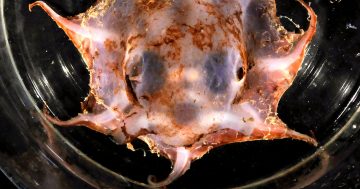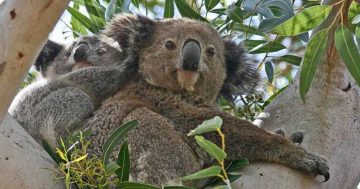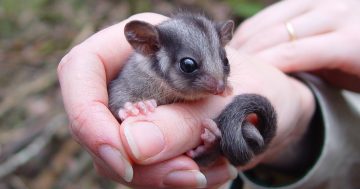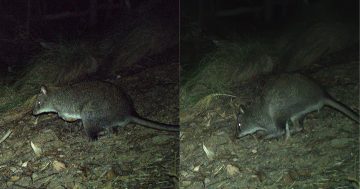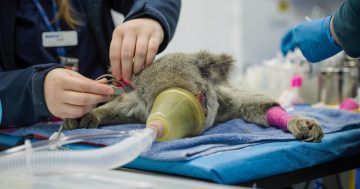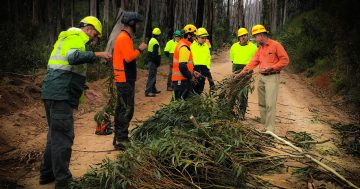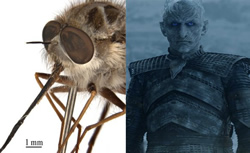 The Commonwealth Scientific and Industrial Research Organisation (CSIRO) has announced it has named 230 species of newly discovered insects, plants and animals in the past year.
The Commonwealth Scientific and Industrial Research Organisation (CSIRO) has announced it has named 230 species of newly discovered insects, plants and animals in the past year.
Entomologist at CSIRO’s National Research Collections Australia, Bryan Lessard said while there was a serious side to the exercise, naming new species was the most fun a taxonomist could have.
Dr Lessard gave the example of Paramonovius nightking, a bee fly named by CSIRO after the Night King in the popular drama series, Game of Thrones (both pictured) because it reigns in winter and has a crown of spine-like hairs.
He said other newly named species ranged from a cusk eel named Barathronus algrahami after Fish Collection Manager, Al Graham, to a tiny soldier fly from Judbarra National Park in the Northern Territory named Prosopochrysa lemannae in honour of Insect Technician, Cate Lemann.
“A species without a scientific name is invisible to science and conservation and Australia has named only 20-to-25 per cent of its half a million species,” Dr Lessard said.
“Scientists across the country name around 1,000 new species each year. At the current rate it will take another 350 years just to know what exists.”
He said Australia needed a step change in biodiversity discovery and CSIRO was pulling together many strands of science to deliver that.
“We’re using artificial intelligence, machine learning, genomics, digitisation and big data informatics to change the way we use the 15 million specimens in our research collections,” Dr Lessard said.
“Our biodiversity runs the planet. It cycles nutrients, sequesters carbon, pollinates crops and cleans the air we breathe and the water we drink. We literally couldn’t live without it.”
An online catalogue of Australia’s 125,102 species and sub-species in 4,386 families can be accessed at this PS News link.


